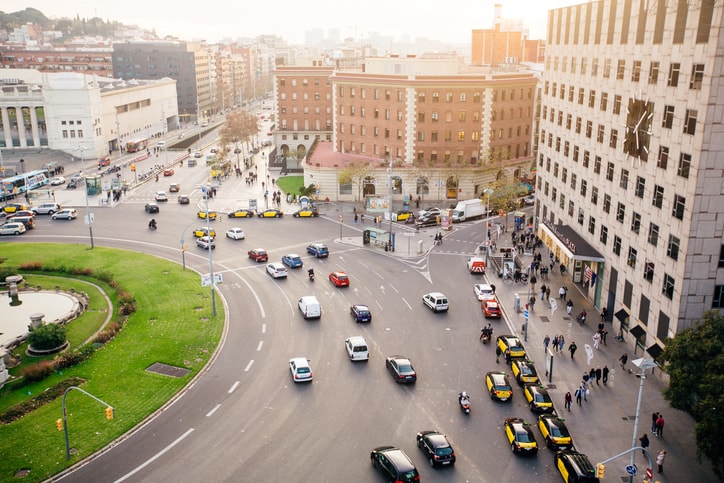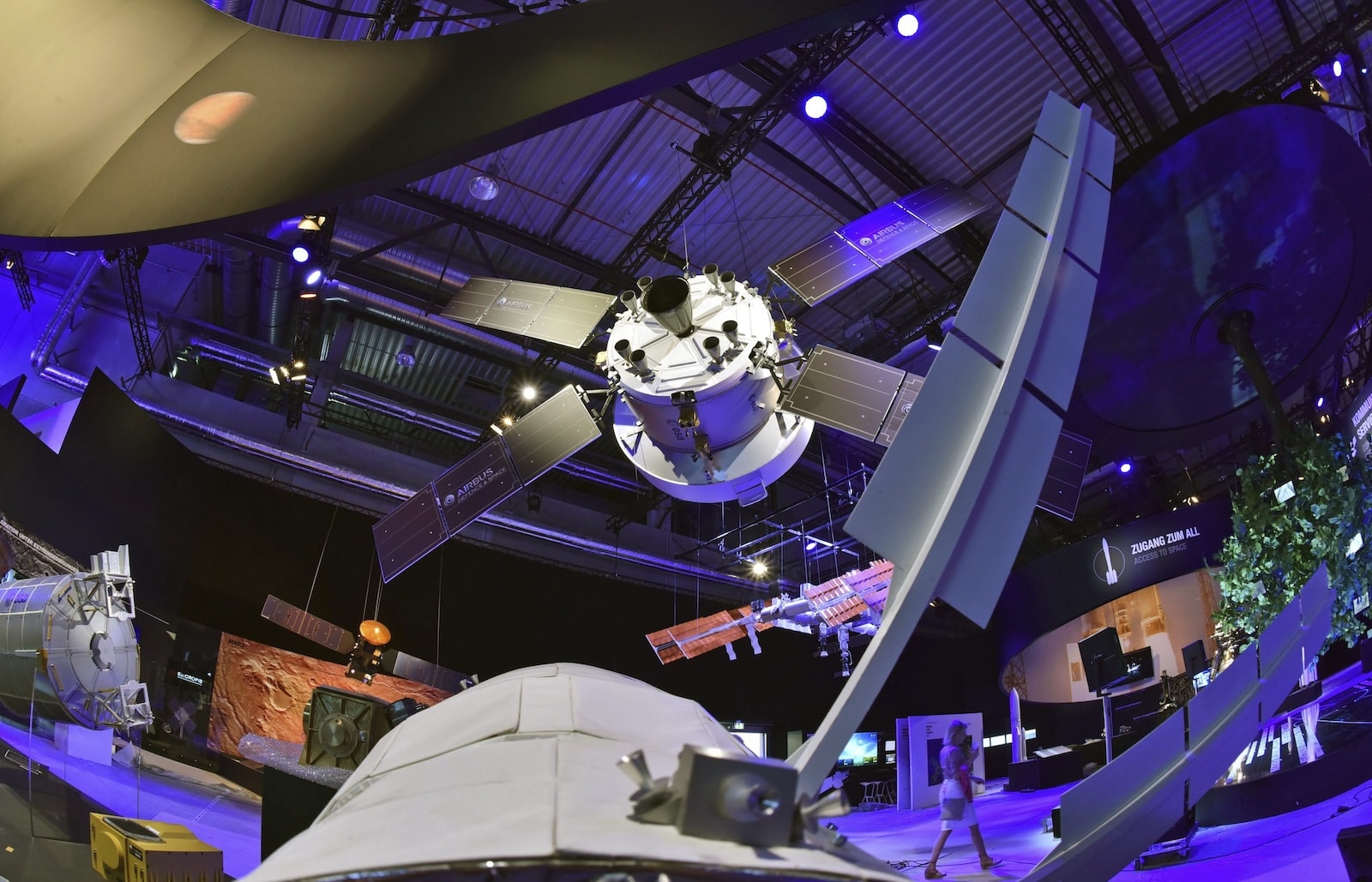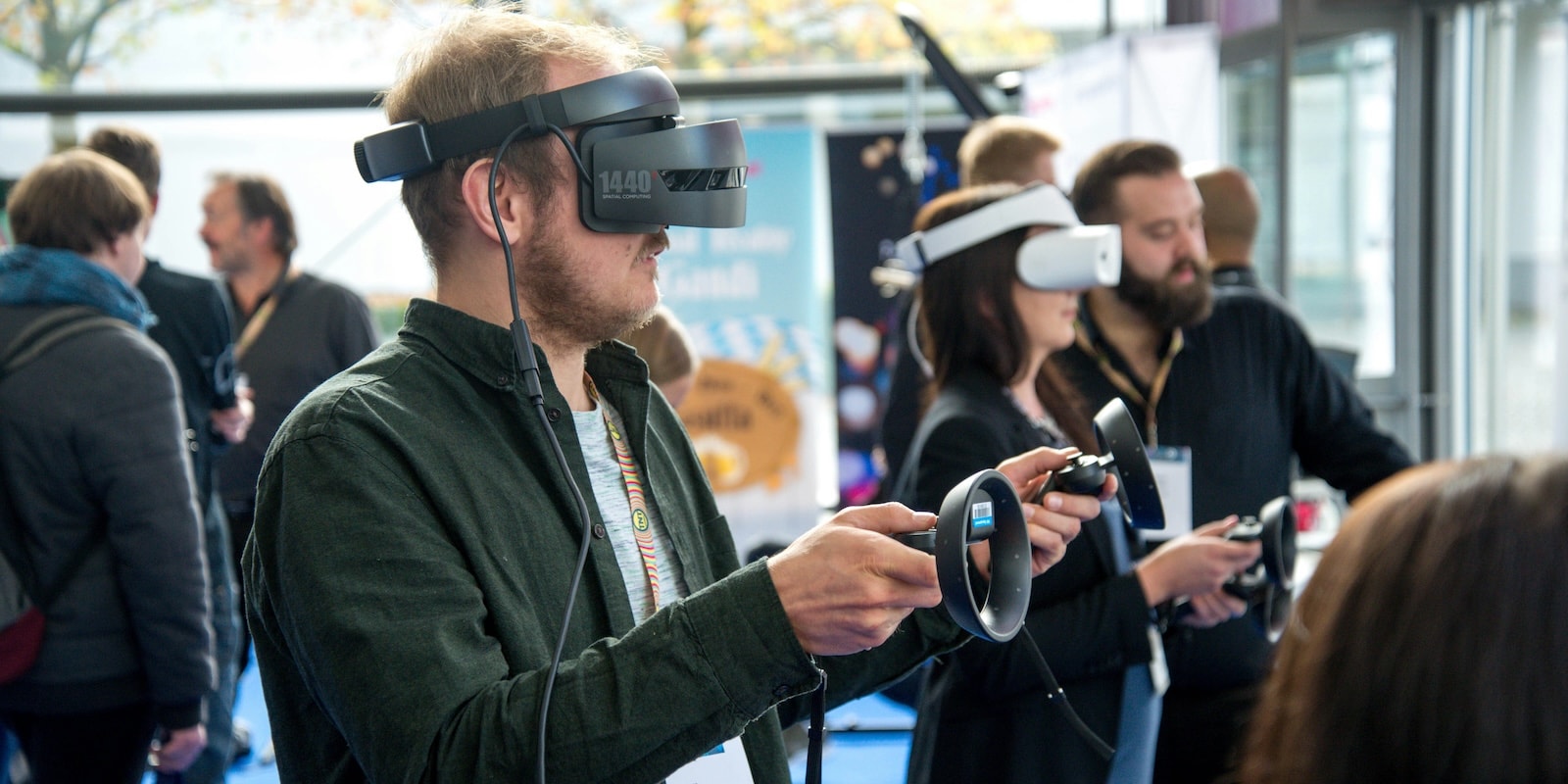Thursday, September 18, 2025
These electric, hydrogen-powered modes of transport are getting closer and closer to taking to the urban skies. For now, the dream is taking shape with prototypes capable of vertical takeoff and landing and minimalist designs.
Decades ago, the future was always imagined with flying cars. References to cartoon series such as The Jetsons and the Back to the Future trilogy are obligatory. Although it is taking time to arrive, this will also be a self-fulfilling prophecy for humanity, although air taxis will not be cars, but VTOL drones powered by hydrogen or electricity. They will be fast, quiet, and environmentally friendly, and will have a very clear objective: to redefine mobility in cities.
For now, the dream is becoming a reality with prototypes capable of vertical takeoff and landing, featuring minimalist designs and cabins for four passengers. Thanks to improvements in high-energy-density batteries and the incorporation of hydrogen fuel cells, these vehicles are being touted as the next revolution in sustainable transportation.
But to understand how they work and what they can do, we first need to know what kind of vehicle we are talking about. These are VTOLs (Vertical Take-Off and Landing) and, more specifically, eVTOLs (the electric version of the same type of drone). They use multiple electric rotors and state-of-the-art batteries to offer three major advantages:
- Zero emissions during flight, as they do not burn fossil fuels or generate CO₂.
- Noise reduction, with levels below 65 dB during takeoff, compared to 85 dB for a conventional helicopter.
- Energy efficiency: an eVTOL uses up to 70% less energy per passenger/kilometer than an average city car.
Hydrogen-powered air taxis combine a tank of this liquid component with fuel cells that generate electricity and emit only water vapor. In July 2024, Joby Aviation achieved a milestone by flying 840 kilometers in a single mission, confirming the potential of this technology for emission-free regional routes.
What point are we at?
At the moment, the global race for air mobility already has provisional winners:
- United States. The aforementioned US company, Joby Aviation, aims to launch commercial service later this year in California, thanks to a $500 million investment from Toyota and a partnership with Delta Air Lines.
- South Korea. Hyundai Essential Air Mobility, known as Supernal, is testing its eVTOL S-A1 in Seoul, with plans for vertiports on skyscrapers by 2026.
- Germany. Volocopter and Lilium test routes between urban airfields, supported by grants from the European Union in the framework of EASA IAM Hub.
- United Arab Emirates. Joby has conducted another test in Palm Jumeirah, heralding the first commercial air taxi service in 2026. In Dubai, it has also conducted pilot flights reaching speeds of 320 kilometers per hour and covering a distance of 160 kilometers.
And what about Spain? Here, the connection with the pilot vertiports is amplifying the local ecosystem. Some startups are already investigating hybrid models, while Aena and Enaire are preparing the infrastructure network needed to integrate eVTOL and hydrogen into controlled airspace.
Among the applications of this technology, the most notable at the moment are emergency medical services (e.g., ultra-fast evacuations from remote areas); tourism, with scenic tours; VIP transfers; and daily mobility, based on commuting in large cities, as a complement to the subway, train, and bus.
But first... there are obstacles to overcome
Agencies such as the US FAA and the European EASA are currently working to adapt manned aircraft regulations to these new platforms. What is known as safe continuation of flight validation in the event of power failure is essential before regular operations can be authorized.
Furthermore, this technology still has limited range. Although Joby's record of 840 kilometers opens the door to regional transport, the first urban services will be limited to a range of 50 kilometers, sufficient for crossing dense cities but insufficient for inter-city connections on the same flight.
Finally, infrastructure and urban regulation are also challenges that must be addressed, as it will be necessary to deploy the aforementioned compact vertiports on rooftops and modular platforms, connected to public transport and green hydrogen networks. Urban air corridors and traffic quotas must be defined to avoid congestion, in this case, in the sky.
¿Te ha parecido interesante?





